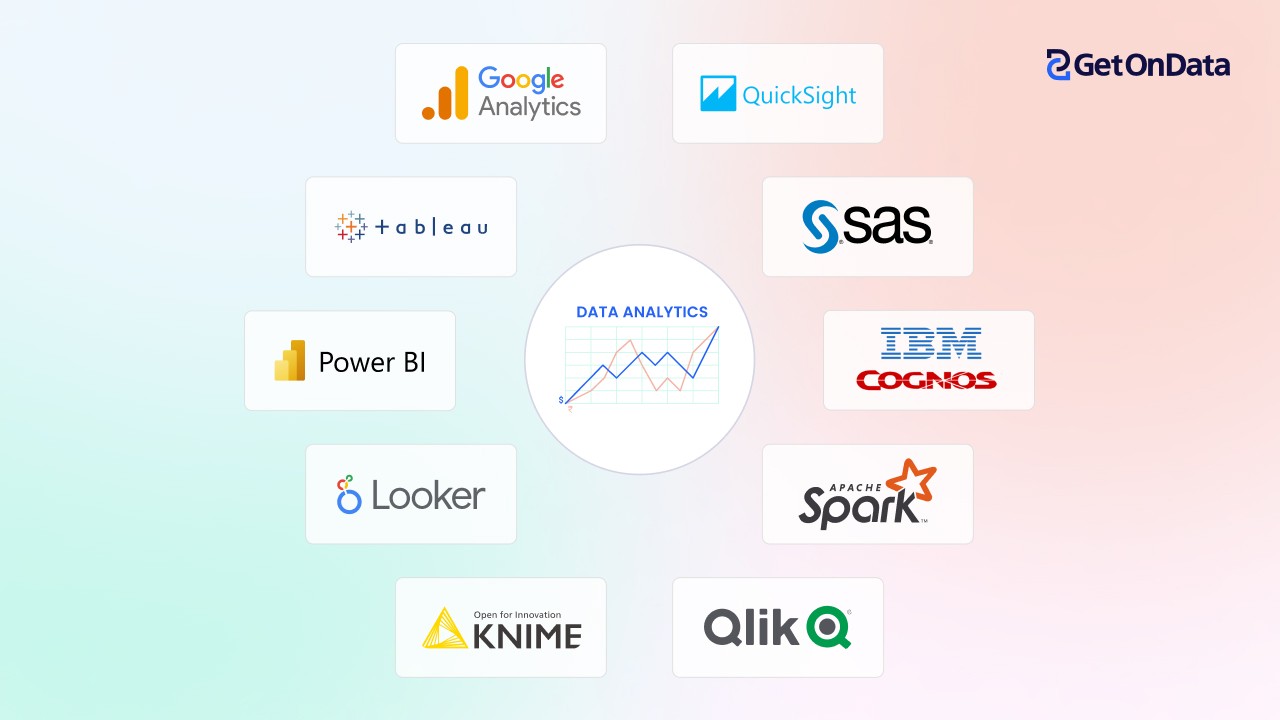How to Enhance Efficiency with Comprehensive Analytics
How to Enhance Efficiency with Comprehensive Analytics
Blog Article
Unlock Business Insights With Advanced Analytics Devices
In today's data-driven landscape, the ability to unlock organization insights via advanced analytics devices is becoming progressively essential for companies seeking an affordable side. What are the essential factors to consider that organizations must deal with to efficiently harness these sophisticated analytics capacities?
Importance of Advanced Analytics

Furthermore, the competitive landscape needs that companies not just react to market changes yet additionally anticipate them. Advanced analytics empowers businesses to recognize client preferences, boost functional effectiveness, and reduce risks properly. By leveraging these tools, organizations can boost their decision-making processes and drive innovation.
On top of that, the combination of advanced analytics cultivates a society of continuous renovation, where organizations can improve their methods based on empirical proof. As industries such as finance, medical care, and retail progressively depend on information to inform their procedures, the importance of innovative analytics will only remain to grow, making it a critical part for sustained success in today's data-driven economic situation.
Secret Attributes of Analytics Equipment
Advanced analytics devices are identified by a series of essential functions that boost their efficiency in data analysis and decision-making (Analytics). Among the key functions is information combination capacity, which allows seamless gathering of information from various resources, facilitating extensive evaluation. This ensures that companies have an all natural view of their data landscape
Additionally, advanced analytics tools usually include robust statistical and anticipating modeling capacities. These features enable organizations to anticipate fads and determine patterns, bring about more informed calculated choices. Visualization devices are additionally integral, offering user-friendly visual representations of information, which streamline complex information and make insights a lot more obtainable to stakeholders.
Another important aspect is the consolidation of equipment learning algorithms, which enhance the ability to analyze large datasets and uncover hidden insights without specific shows. Additionally, easy to use interfaces permit non-technical individuals to take advantage of these devices properly, equalizing information gain access to across the organization.
Kinds Of Advanced Analytics
While numerous innovative analytics techniques exist, they can usually be classified right into a number of essential types that serve distinctive objectives within companies.
Descriptive analytics concentrates on summarizing historical data to determine patterns and fads. It supplies understandings right into what has happened in the past, enabling companies to make educated decisions based upon empirical evidence.
Predictive analytics, on the other hand, utilizes statistical formulas and artificial intelligence methods to forecast future results based on historical information. This type is specifically helpful for threat evaluation and need forecasting, permitting businesses to plan for potential difficulties and opportunities.
Authoritative analytics goes a step additionally by advising actions based upon anticipating insights. Analytics. It uses optimization and simulation techniques to suggest the most effective strategy, making sure that organizations can make data-driven decisions with self-confidence
Execution Techniques
Successful application strategies for advanced analytics are crucial for organizations looking for to harness the complete potential of their data. To start with, a clear roadmap has to be developed that aligns analytics efforts with general organization objectives. This needs a deep understanding of business objectives and the specific questions analytics can respond to.
Following, buying the appropriate technology and tools is vital. Organizations must assess readily available systems for scalability, convenience of use, and integration capabilities with existing systems. This guarantees that data can be gathered, processed, and examined effectively.
Additionally, fostering a data-driven culture is vital. Training employees on analytics tools and methodologies empowers them to utilize understandings effectively in decision-making. Involving stakeholders throughout departments can assist in buy-in and motivate partnership, enhancing the overall success of analytics projects.
In addition, companies must focus imp source on data quality and governance. Applying durable data management practices makes certain that the understandings produced are dependable and accurate. Continual analysis and version of analytics procedures enable organizations to adjust to altering organization requirements and technological innovations, ultimately driving continual value from their analytics campaigns.
Future Trends in Analytics
As companies execute durable analytics techniques, it is important to continue to be familiar with the evolving landscape of analytics technologies and approaches. Future patterns in analytics are positioned to revolutionize exactly how businesses acquire insights, maximize operations, and drive decision-making.

Another trend is the rise of augmented analytics, which automates data prep work and understanding generation, lowering the dependence on information professionals. This democratization of analytics empowers employees at all levels to leverage information in their duties.
In addition, the change in the direction of real-time analytics will allow organizations to respond promptly to market adjustments and client choices, boosting agility and competitiveness. As data personal privacy guidelines end up being a lot more strict, analytics services will additionally require to prioritize ethical data use, making sure compliance while maintaining durable understanding generation. Embracing these trends will certainly be vital for organizations seeking to maintain an one-upmanship in a progressively data-driven world.
Verdict
In conclusion, advanced analytics devices play a crucial function in changing information into workable insights, driving tactical development and functional efficiency throughout companies. Reliable implementation methods make certain that these tools are integrated right into organizational procedures, while emerging trends indicate a continued evolution in analytics abilities.
Advanced analytics includes a suite of methods, consisting of predictive her response modeling, maker discovering, and information mining, which allow businesses to discover patterns, projection trends, and enhance operations.
Effective implementation strategies for sophisticated analytics are vital for organizations seeking to harness the complete capacity of their data. Continual analysis and model of analytics procedures allow companies to adapt to changing service requirements and technological developments, ultimately driving sustained value from their analytics campaigns.
As information personal privacy guidelines come to be more rigorous, analytics options will certainly also require to prioritize honest information usage, ensuring conformity while keeping durable insight generation.In conclusion, progressed analytics tools play a vital function in changing data right into actionable insights, driving tactical growth and functional effectiveness across organizations.
Report this page